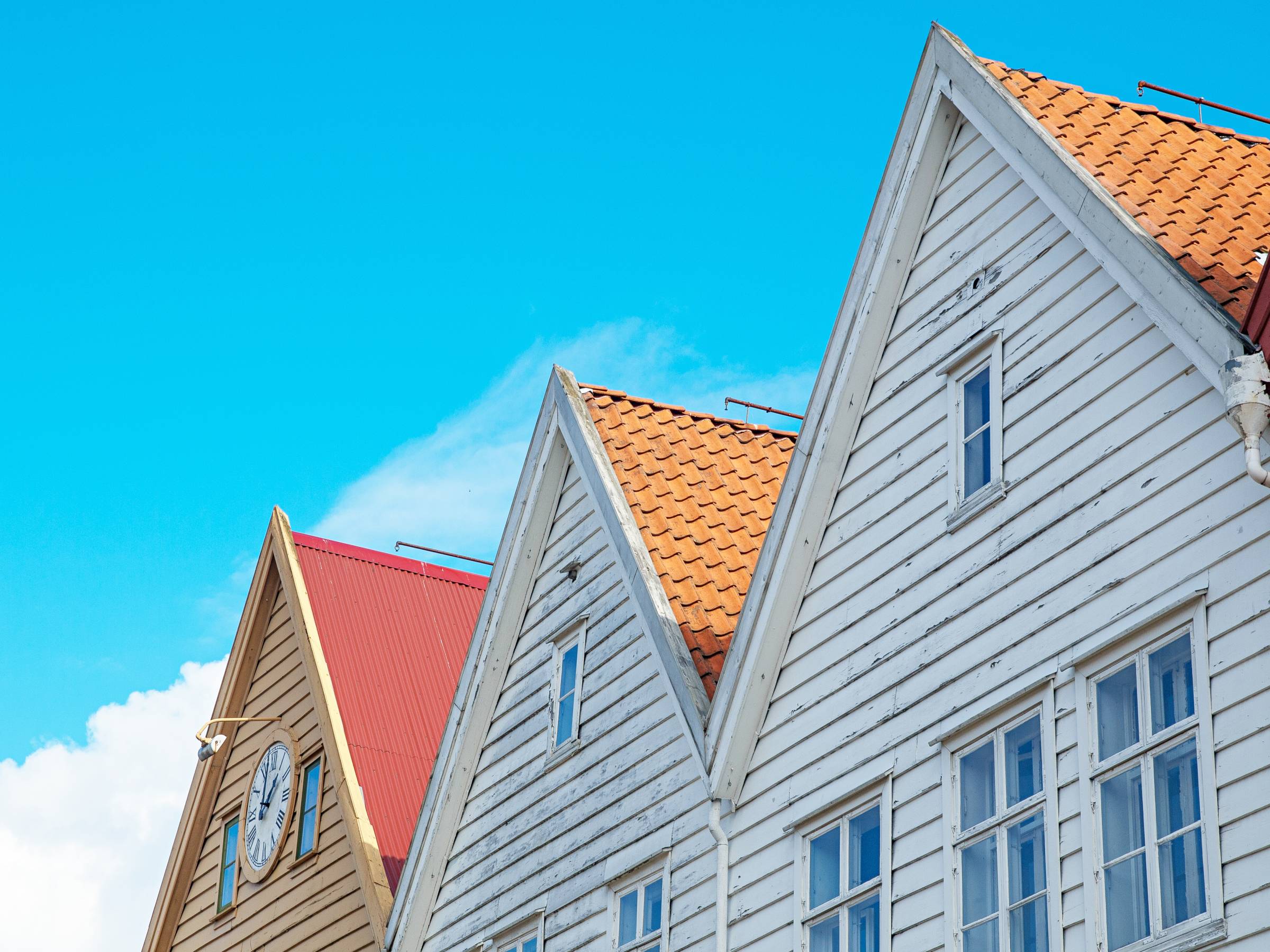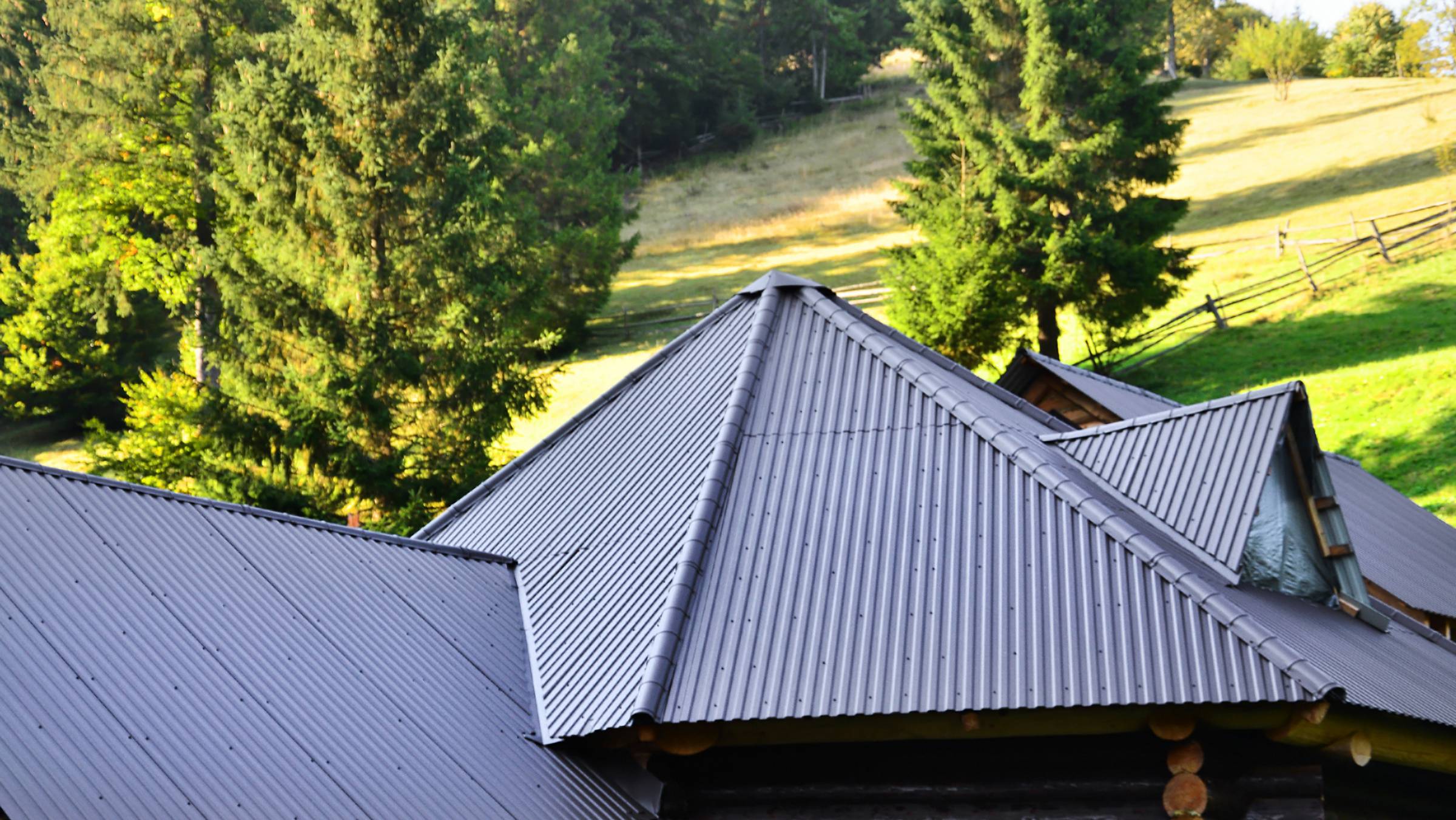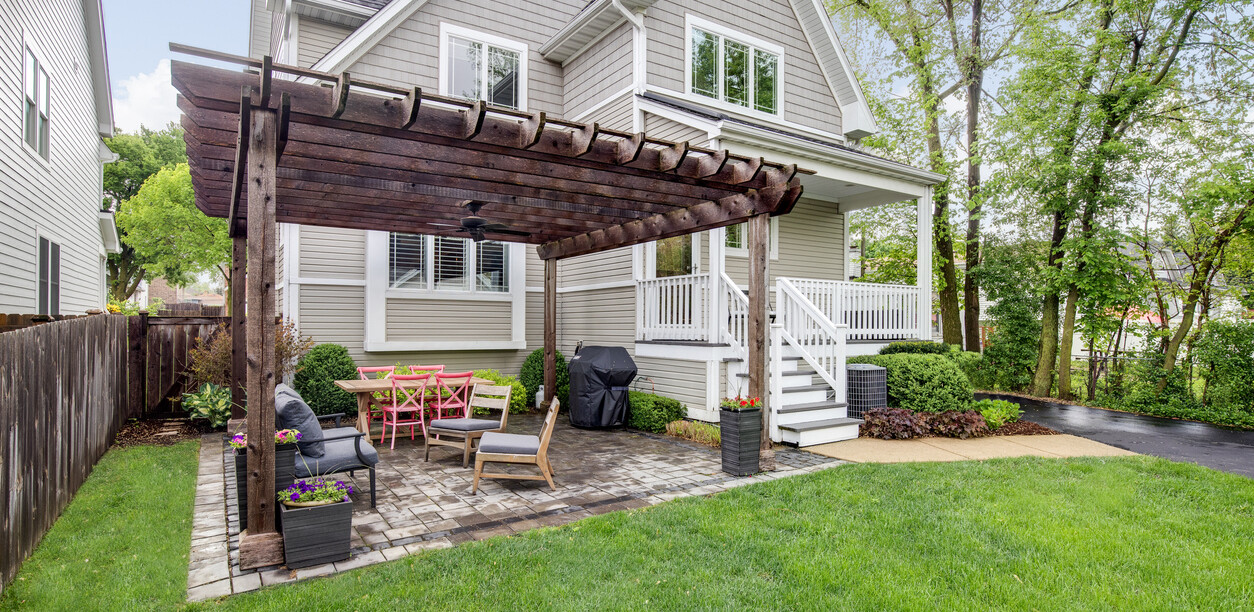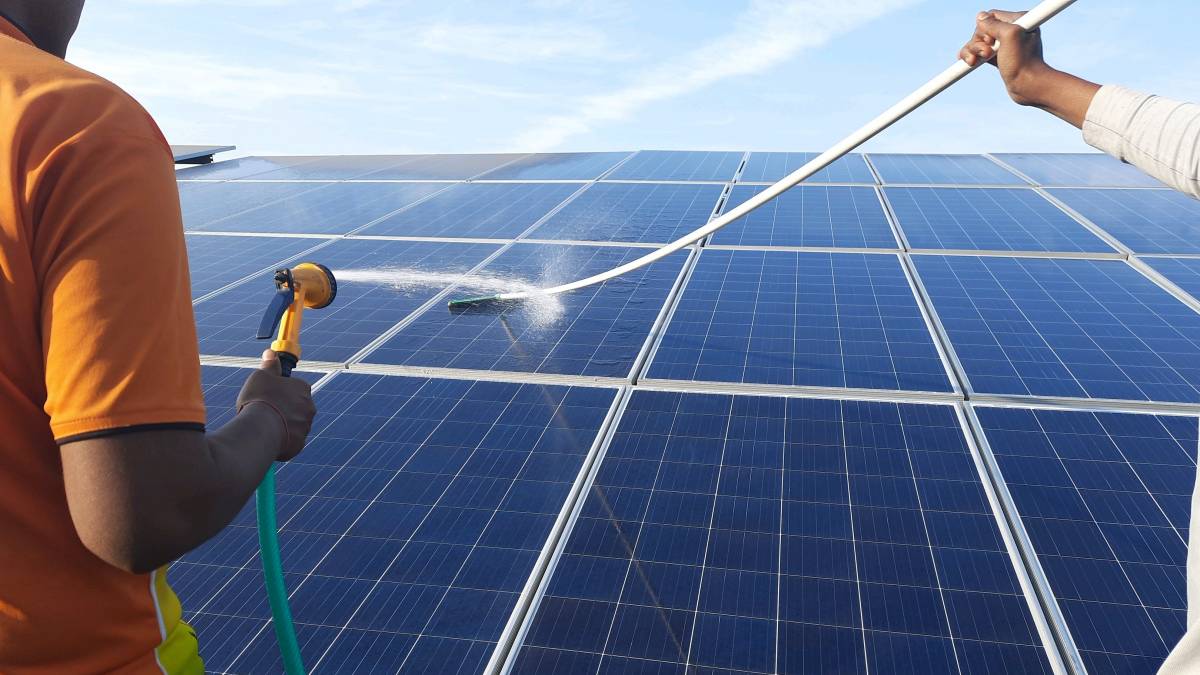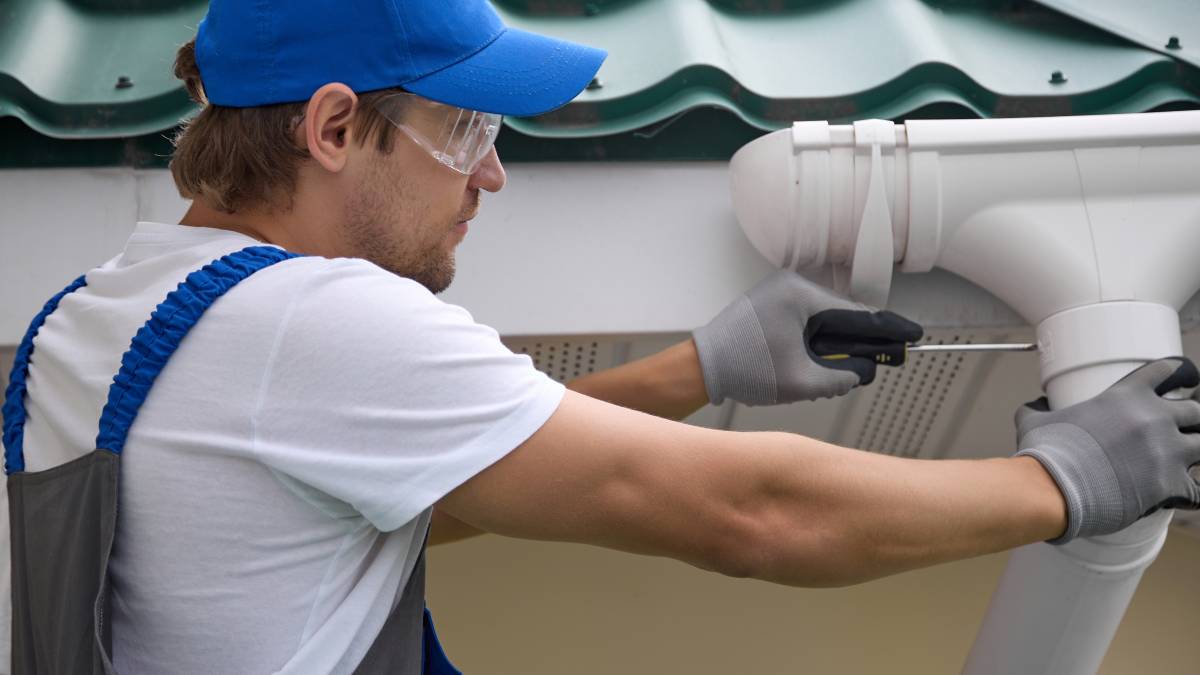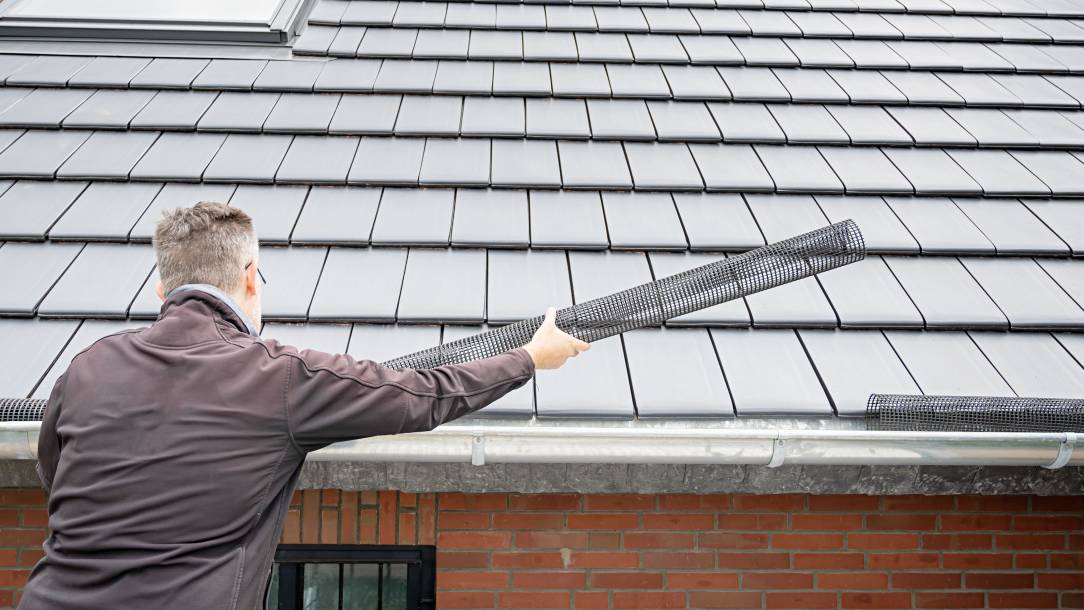
- Home/
- Comparisons/
- Slate Roofer/
- Slate vs Tile Roof
Slate vs tile roof: Which is the best choice for your home?
Comparing slate and tile roofs based on load, longevity, and more
Published on
Key Facts
- Slate roofs are prized for their exceptional longevity and natural beauty. Their dense stone composition offers unmatched durability and a unique, textured look that can make every roof one of a kind.
- Tile roofs stand out for their design flexibility and cost-effectiveness. Available in a range of shapes and colours, they complement many architectural styles while providing dependable performance at lower prices.
Selecting the right roof for your home is a significant decision. It goes beyond an appealing colour or design, as you also need to consider the material, durability, and overall cost. Today, slate and tile are two of the most popular roofing options.
Both offer great protection and can enhance your home’s kerb appeal, but which one is the better fit for your needs? In this guide, we’ll compare slate vs tile roofs and highlight their key differences.
What is a slate roof?
 A roof in progress with shingles being carefully laid on wooden battens (Source: iStock)
A roof in progress with shingles being carefully laid on wooden battens (Source: iStock)
Slate has been a preferred roofing material for centuries. Made from natural stone, slate offers excellent weather resistance and low water absorption. Natural and synthetic slate are available as roofing options, each delivering a timeless and sophisticated appearance to your home.
What is a tile roof?
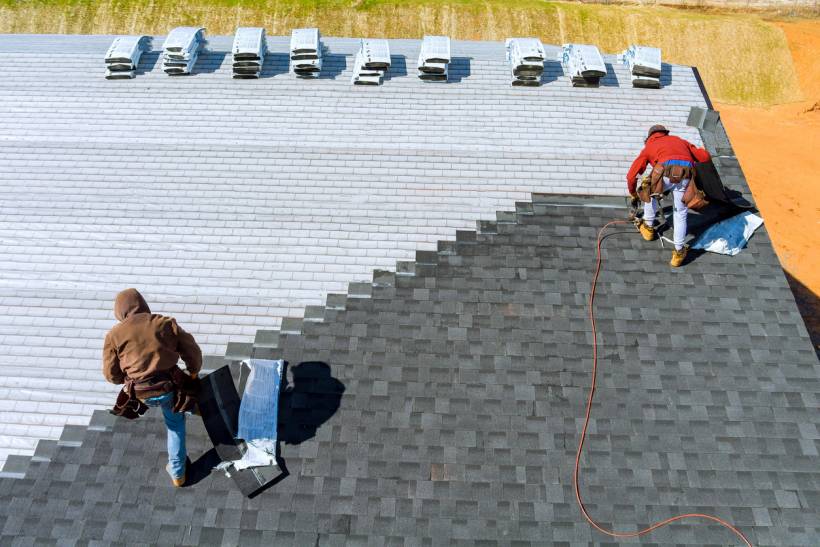 Workers carefully laying shingles during a residential roofing project
Workers carefully laying shingles during a residential roofing project
A tile roof is typically crafted from either clay or concrete. Clay tiles are produced from natural clay and kiln-fired at high temperatures, while concrete tiles are created from a blend of sand, cement, and water. Both options are highly versatile, suitable for different roof designs and installation methods.
Tile roof vs slate roof: What are their key differences?
So, what’s the difference between tile and slate roofs? Let’s dive into the key differences to see which roofing solution is the best fit for your home.
In terms of load
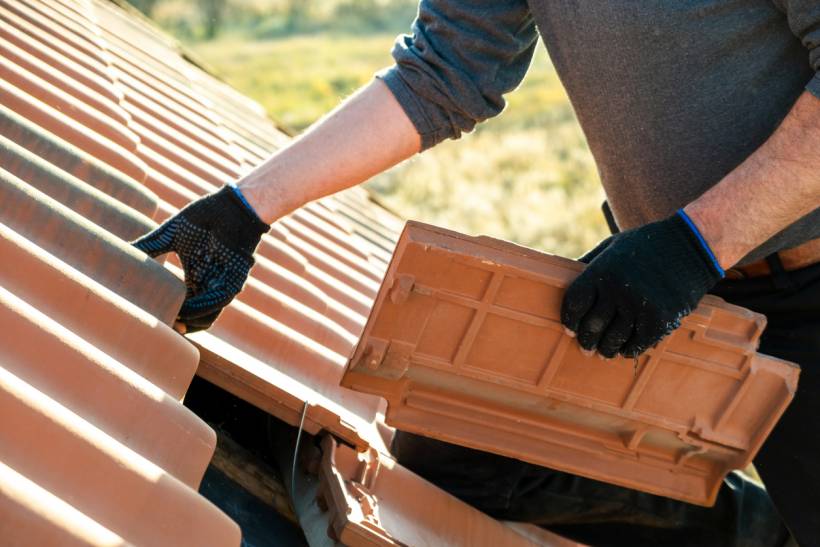 A worker carefully fitting terracotta tiles on a sloped roof (Source: iStock)
A worker carefully fitting terracotta tiles on a sloped roof (Source: iStock)
The load of a slate roof depends on whether it’s made from natural or synthetic materials. Standard natural slates (around 250 × 500 mm) weigh about 38 kg per m², while man-made versions are much lighter at 7 kg/m² to 20 kg/m². Their thickness usually ranges from 4 mm to 9 mm, and they perform best on roofs with a pitch above 20°.
Tile roofs, on the other hand, put a heavier load on a home. Depending on the manufacturer and whether they are clay or concrete, tiles can weigh between 47 kg/m² and 74 kg/m². Clay tiles are roughly 50% heavier than concrete, and their thickness typically falls between 11 mm and 12 mm. Unlike slate, tiles can be installed on gentler pitches, as low as 15°.
In terms of longevity
When installed correctly, natural slate can last well over 100 years, making it one of the most durable roofing materials available. It can withstand strong winds, heavy rain, and snow, and is naturally resistant to rot and pests, making it an excellent long-term roofing option.
Similarly, clay and concrete tile roofs are known for their durability, but with an average lifespan of around 50 to 60 years. Although they don’t match slate in longevity, they offer comparable resistance to severe weather and pests. This means they also don’t require frequent repairs or replacements.
In terms of aesthetics
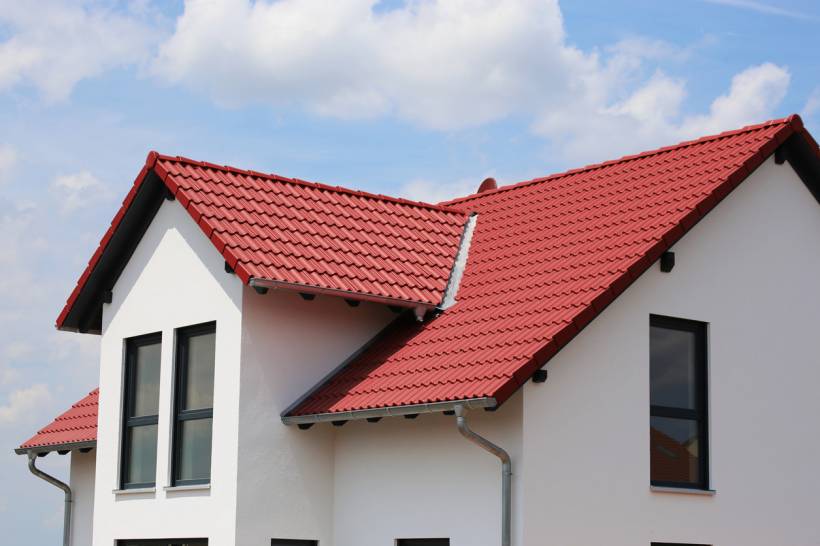 A modern home with striking red roof tiles and clean white walls (Source: iStock)
A modern home with striking red roof tiles and clean white walls (Source: iStock)
If you’re aiming for a classic, natural aesthetic, slate is an excellent choice. Available in traditional shades like grey or more contemporary tones such as green, slate provides a timeless, elegant look that complements any property. Its natural texture and subtle colour variations make every roof unique, adding character whether it’s a flat or pitched roof.
Tile roofs are equally versatile, offering different shapes, sizes, and colours. You can achieve a modern appearance with concrete tiles or choose the warm, earthy tones of terracotta clay tiles. With styles that suit many architectural designs, including Mediterranean and Spanish-inspired homes, tile roofs can enhance your home’s curb appeal while requiring minimal cleaning and maintenance.
In terms of insulation
Natural slate is an outstanding insulator, helping to keep your home warm in the winter and cool in the summer. Its dense composition naturally limits heat transfer, which can boost your home’s overall energy efficiency.
Clay and concrete tiles also perform well when it comes to temperature regulation, especially in hot climates. Clay tiles are excellent at reflecting heat away from the house, helping to lower cooling costs during the summer. Meanwhile, concrete tiles can maintain a stable indoor temperature throughout the year.
In terms of cost
One drawback of slate roofing is its high upfront cost. Although it offers exceptional durability and requires little maintenance, new installations can be expensive, with slate typically priced at $200 to $500 per m². That said, small repairs are far more affordable, with replacing a few damaged slates costing around $20 to $50 per m².
Concrete and clay tiles are a more budget-friendly alternative, usually costing $80 to $110 per m². Installing a new 100 m² tile roof typically ranges from $16,000 to $32,000. Many homeowners consider tile a cost-effective option. It delivers good durability and longevity at roughly half the price of slate, making it accessible for new and existing homes.
In terms of installation
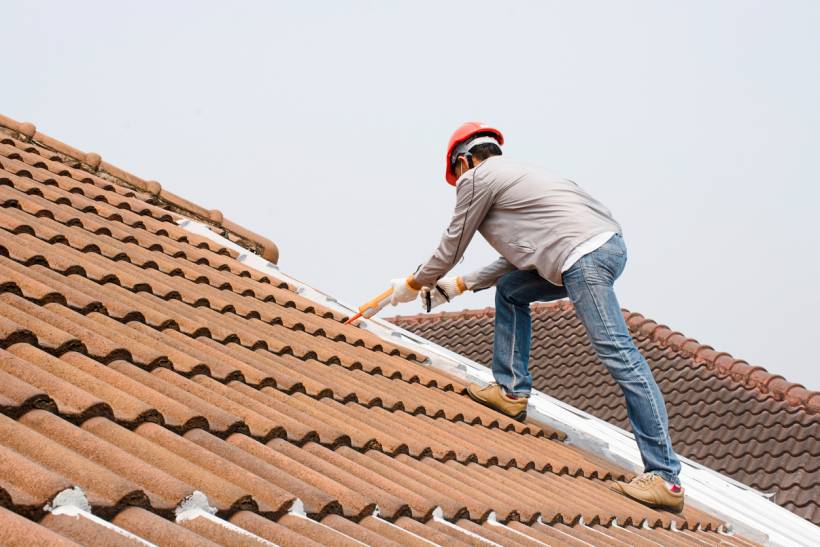 Roof maintenance in progress with careful sealing of clay tile joints (Source: iStock)
Roof maintenance in progress with careful sealing of clay tile joints (Source: iStock)
Installing a slate roof demands skilled craftsmanship and experienced professionals. Due to the delicate nature of natural slate, the installation process can be intricate and time-intensive, which often makes labour costs higher than those for tile roofing.
While both slate and tile roofs require professional installation, tile roofs are generally easier to work with. Tiles are less fragile and simpler to cut and shape, allowing for a quicker, more straightforward installation process that typically comes with lower labour costs.
Find expert slate or tile roofers on Airtasker
Selecting the right roofing material is just the first step. To be sure of your roof’s longevity, work with professionals who know the proper techniques for tiling and slate roofing.
With Airtasker, you can easily find qualified tile and slate roofers in your area. Whether you need guidance on the most cost-effective materials or are ready to move forward with your project, Airtasker can connect you with Taskers who can make the process stress-free.
Slate vs tile roof
| Slate Roof | Tile Roof | |
|---|---|---|
|
Load |
7 kg/m² to 20 kg/m² (man-made); ~38 kg/m² for natural slate; 4 mm to 9 mm thick; best for pitches over 20° |
47 kg/m² to 74 kg/m²; clay tiles ~50% heavier than concrete; 11 mm to 12 mm thick; suitable for pitches as low as 15° |
|
Longevity |
Can last over 100 years when properly installed |
Typically lasts 50 to 60 years with maintenance |
|
Aesthetics |
Timeless, elegant look with natural colour variations |
Versatile styles and colours to suit different architectural designs |
|
Insulation |
Excellent natural insulation; regulates temperature year-round |
Clay reflects heat; concrete maintains stable temperatures year-round |
|
Cost |
$200 to $500 per m² for new installations; minor slate repairs around $20 to $50 per m² |
$80 to $110 per m²; installing a 100 m² tile roof typically costs $16,000 to $32,000 |
FAQs on slate and tile roofs
Both slate and tile roofs require minimal maintenance, but regular inspections are key. Clearing debris, checking for cracked or loose tiles, and ensuring gutters are clean can help extend their lifespan. Scheduling a professional inspection every few years is also recommended to catch minor issues before they become major repairs.
Yes. Slate is a natural material that requires minimal processing, making it one of the most sustainable roofing options. Clay and concrete tiles are also eco-friendly, especially when sourced from local materials, and can often be recycled at the end of their life cycle.
Absolutely. Both materials are considered premium roofing options that can increase curb appeal and resale value. Slate’s longevity and classic aesthetic are especially attractive to buyers, while tile’s durability and low maintenance make it a sought-after feature in many markets.
Find slate roofers, fast
Post a task
Related articles

How to fix a leaking roof
Read more
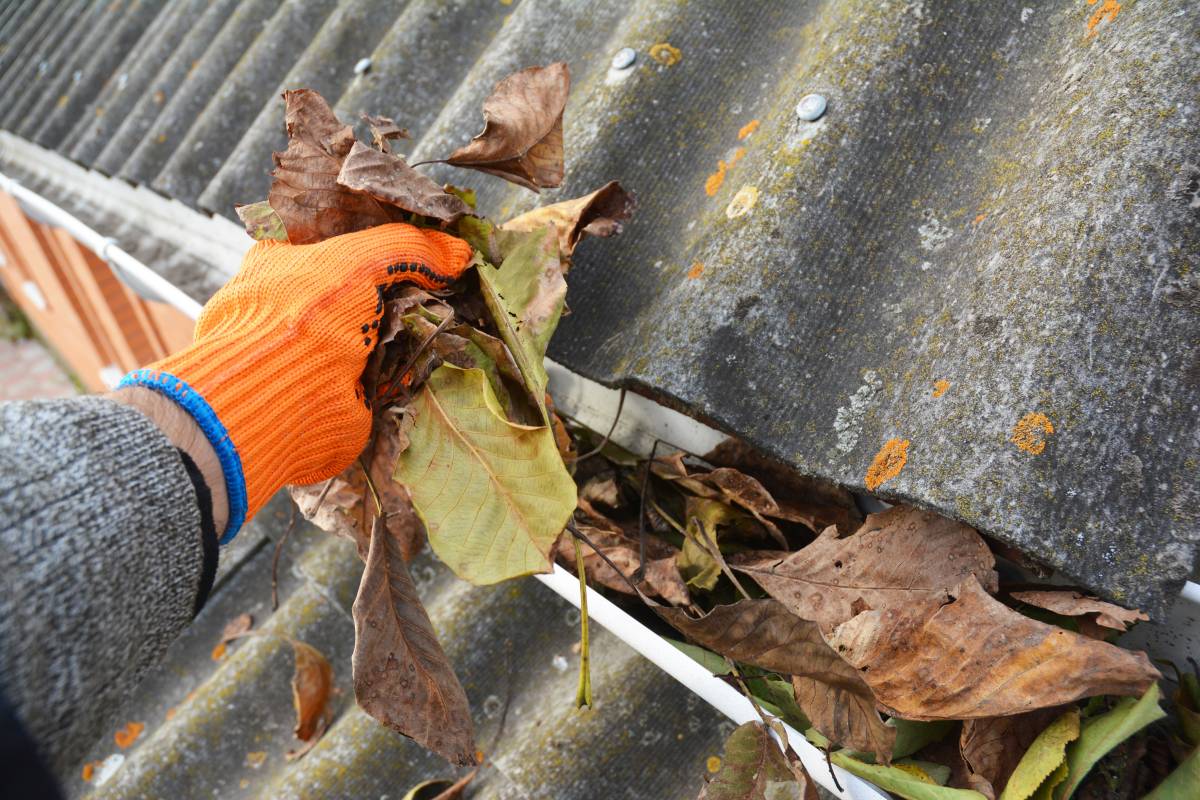
How to clean your gutters
Read more
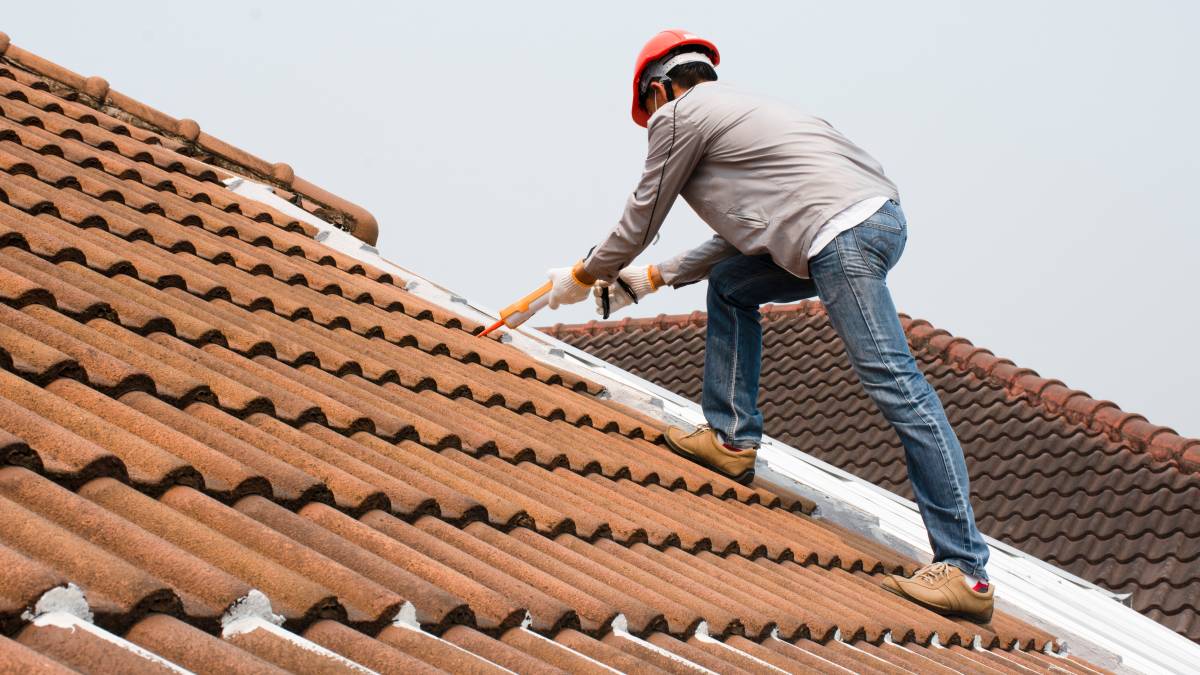
How to fix your roof tiles
Read more
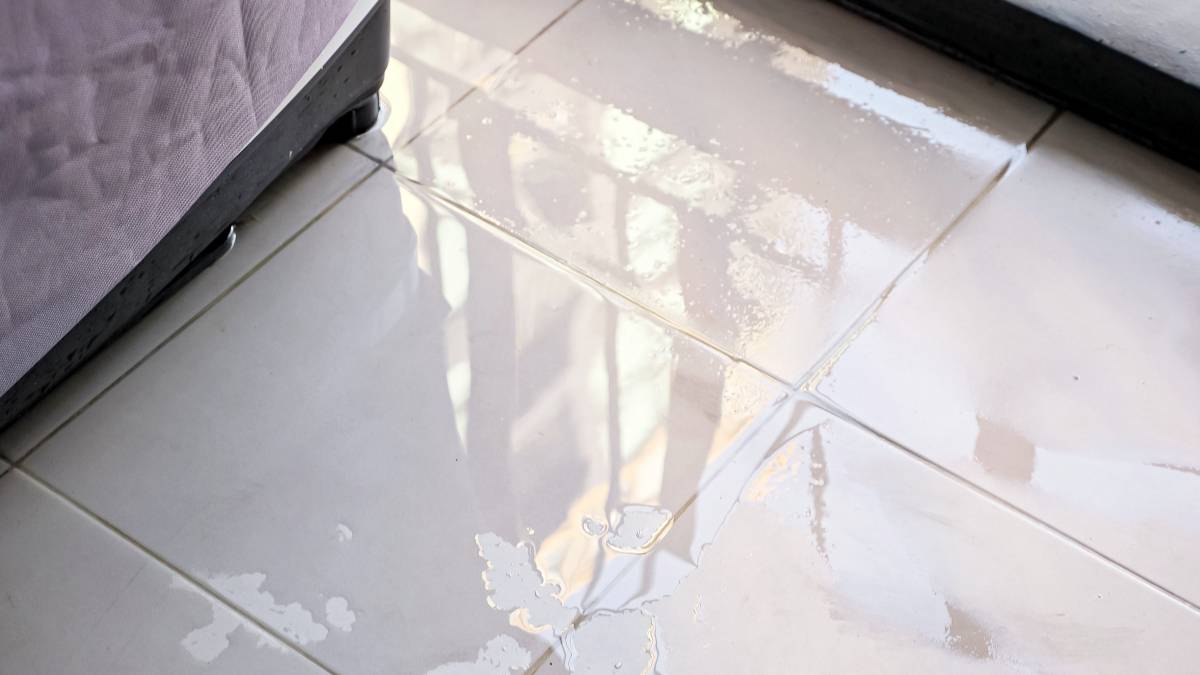
How to prepare for a flood
Read more
Related price guides
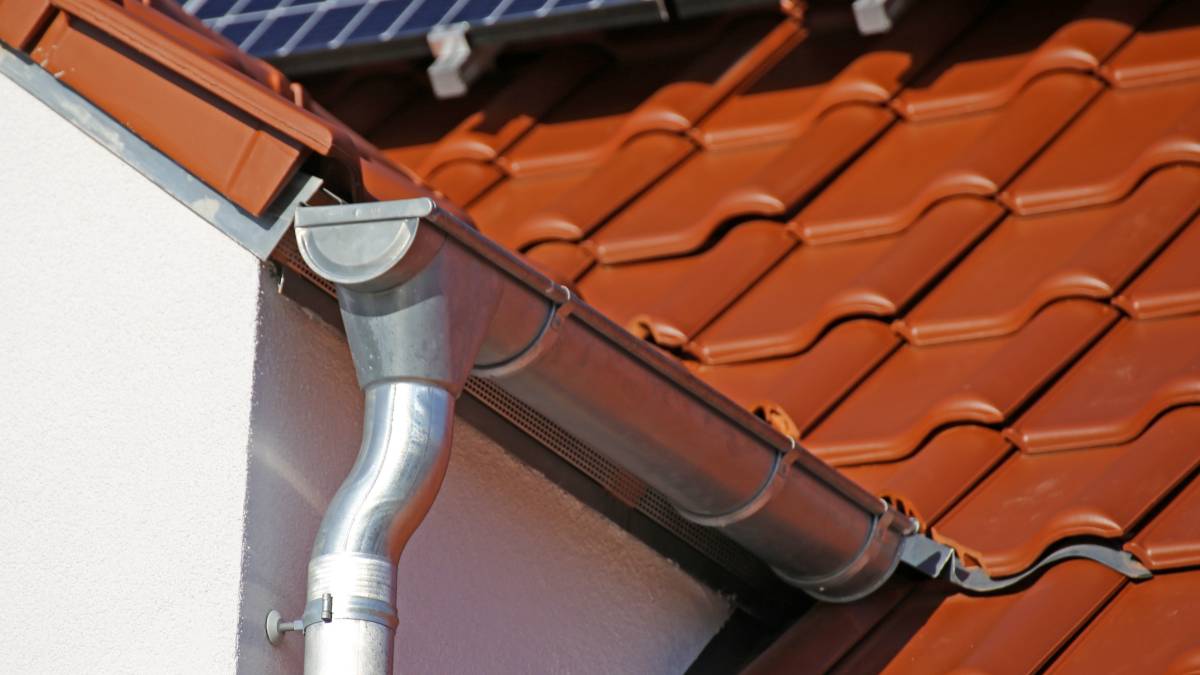
How much does roof plumbing cost?
Read more
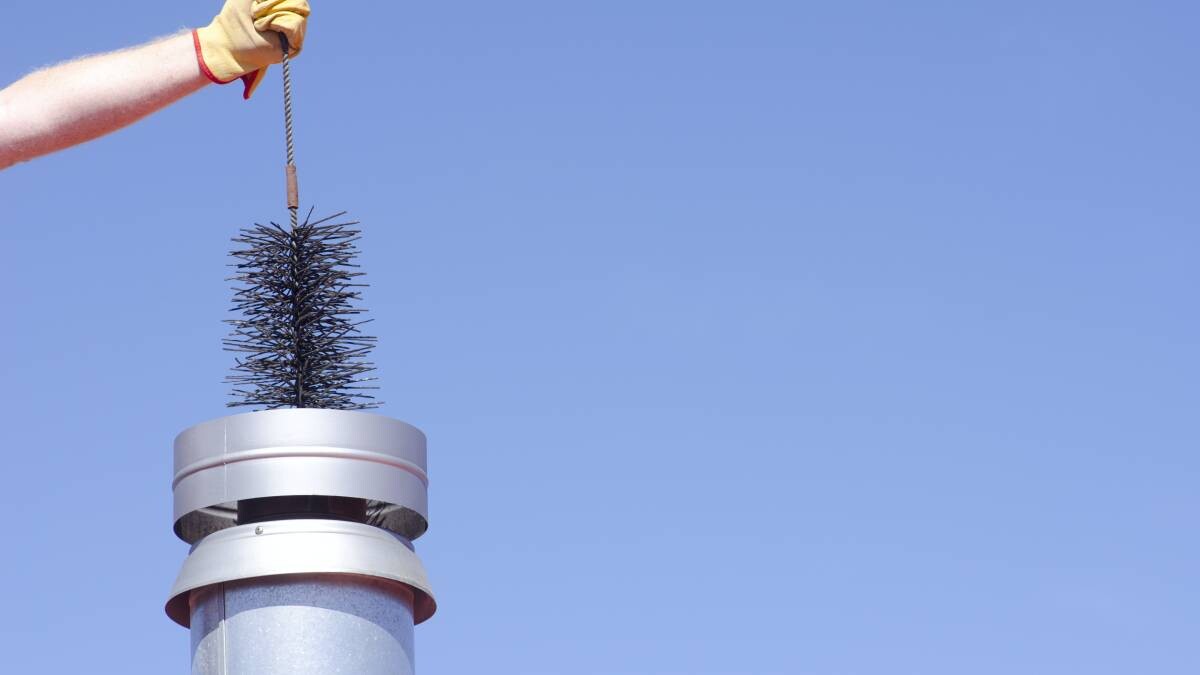
How much does a chimney sweep cost?
Read more
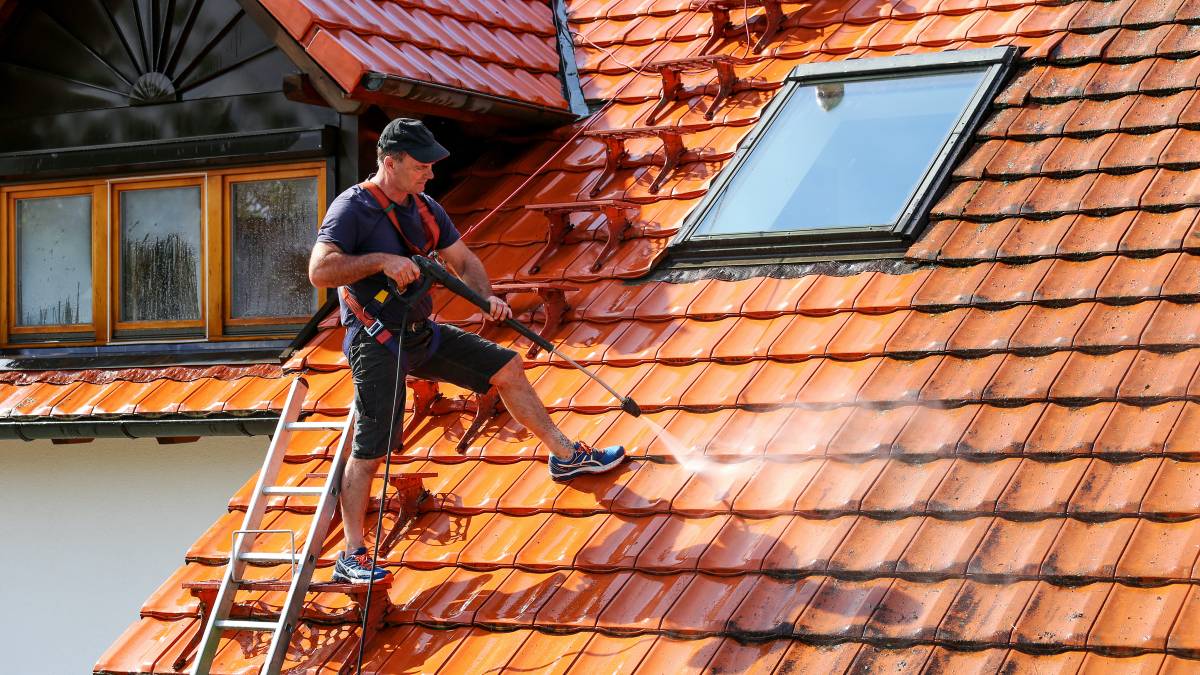
How much does roof cleaning cost?
Read more
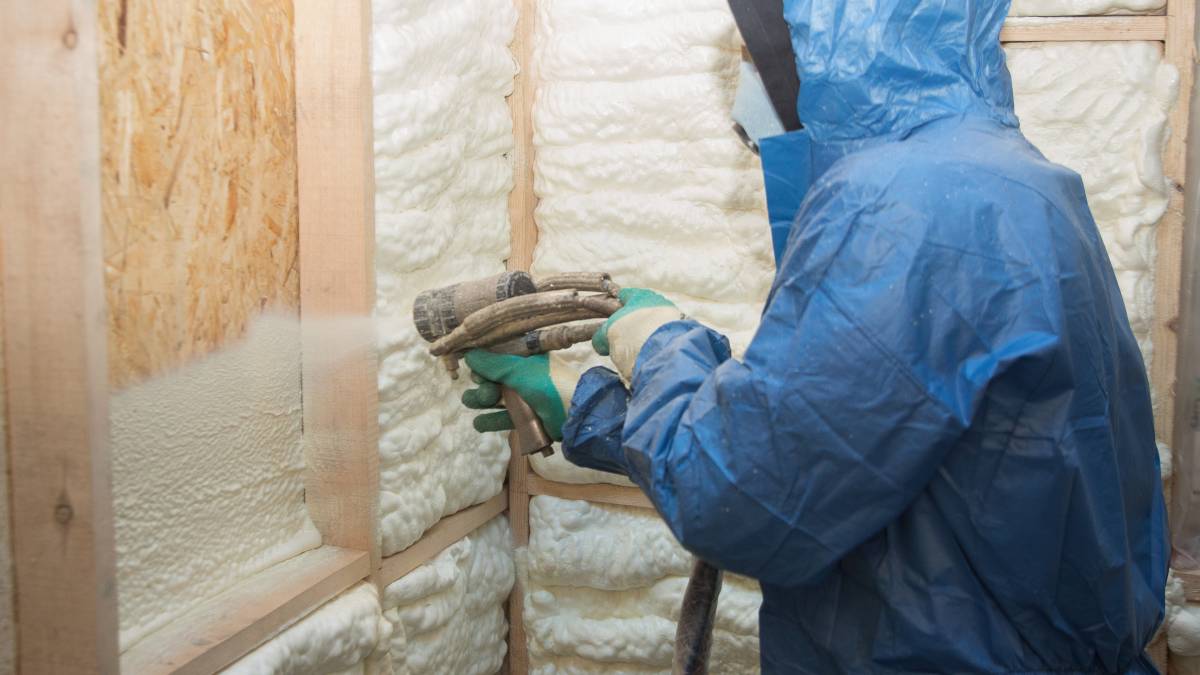
How much does insulation cost?
Read more
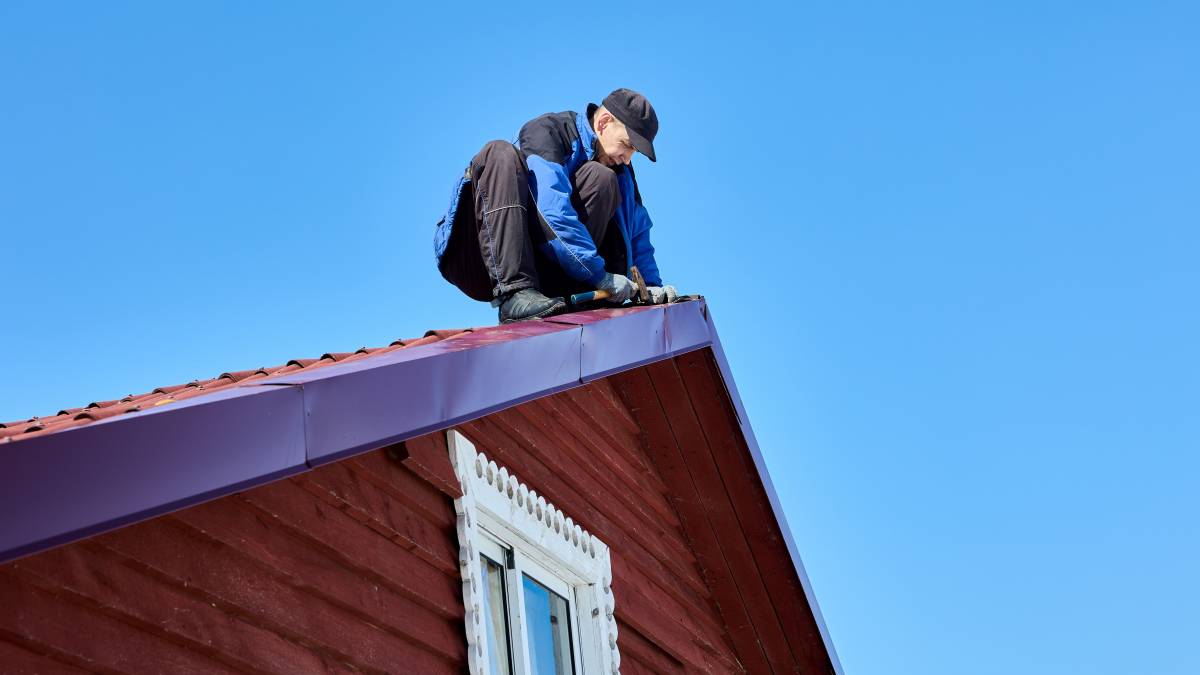
How much does roof repair cost?
Read more
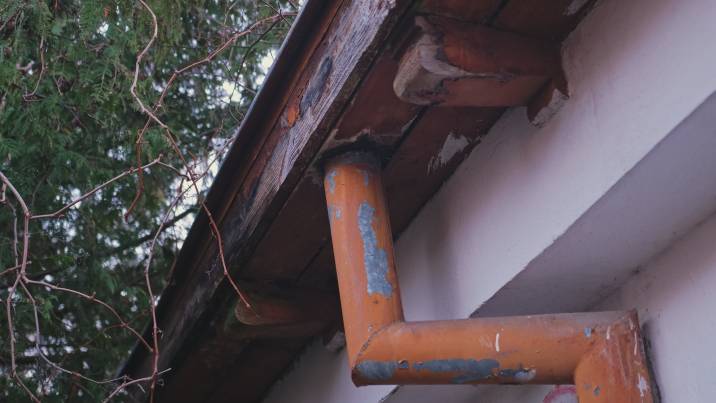
How much does a gutter repair cost?
Read more
